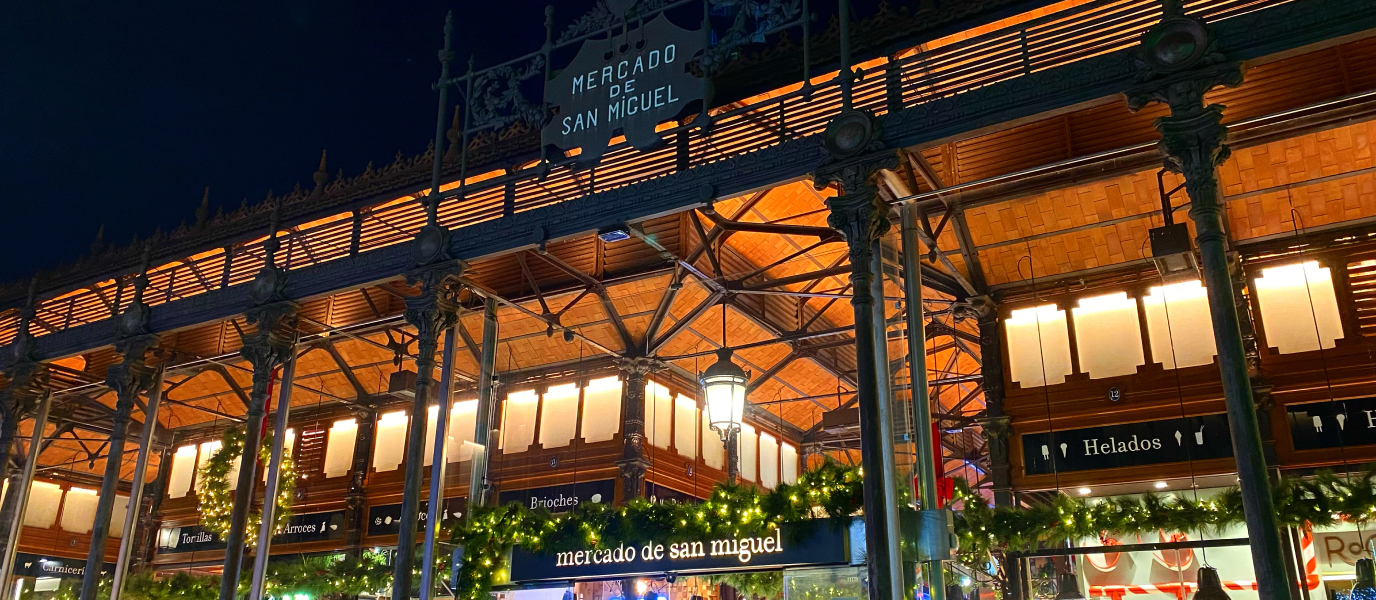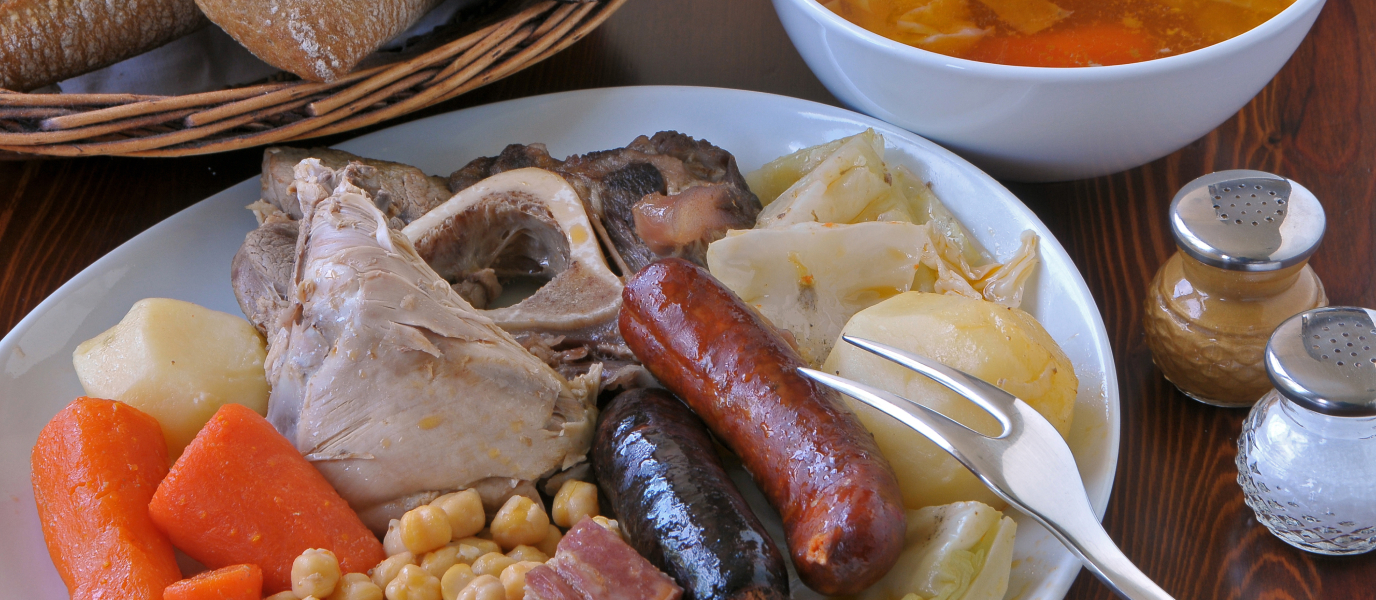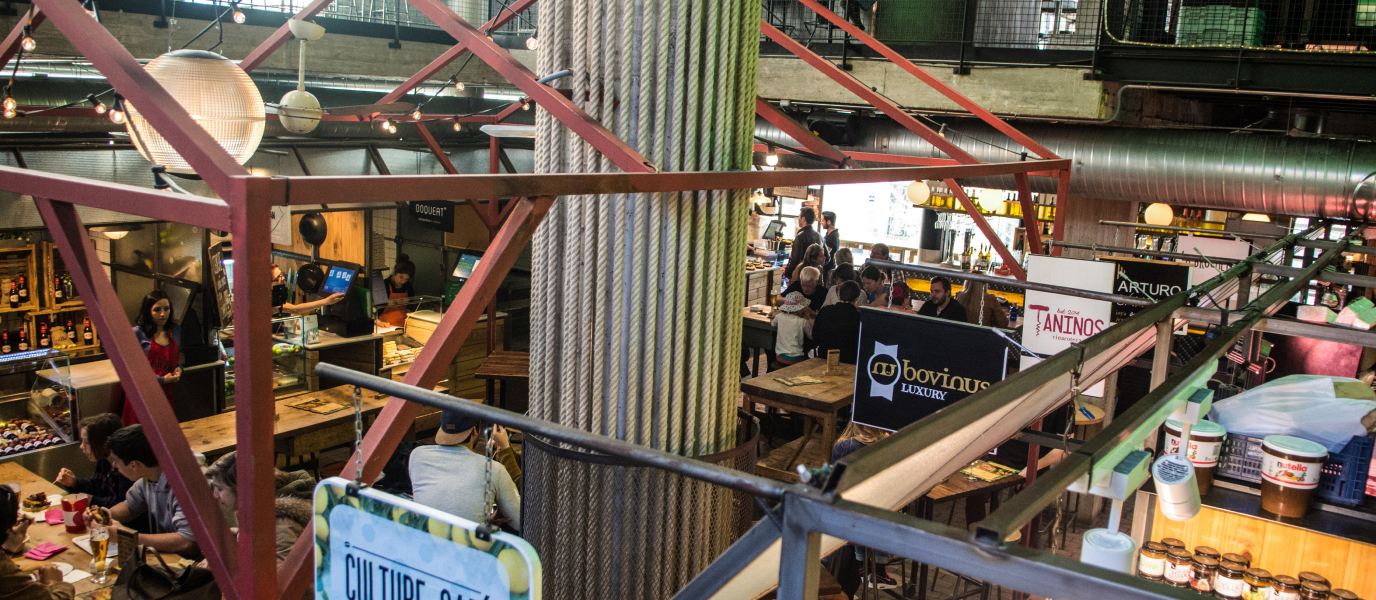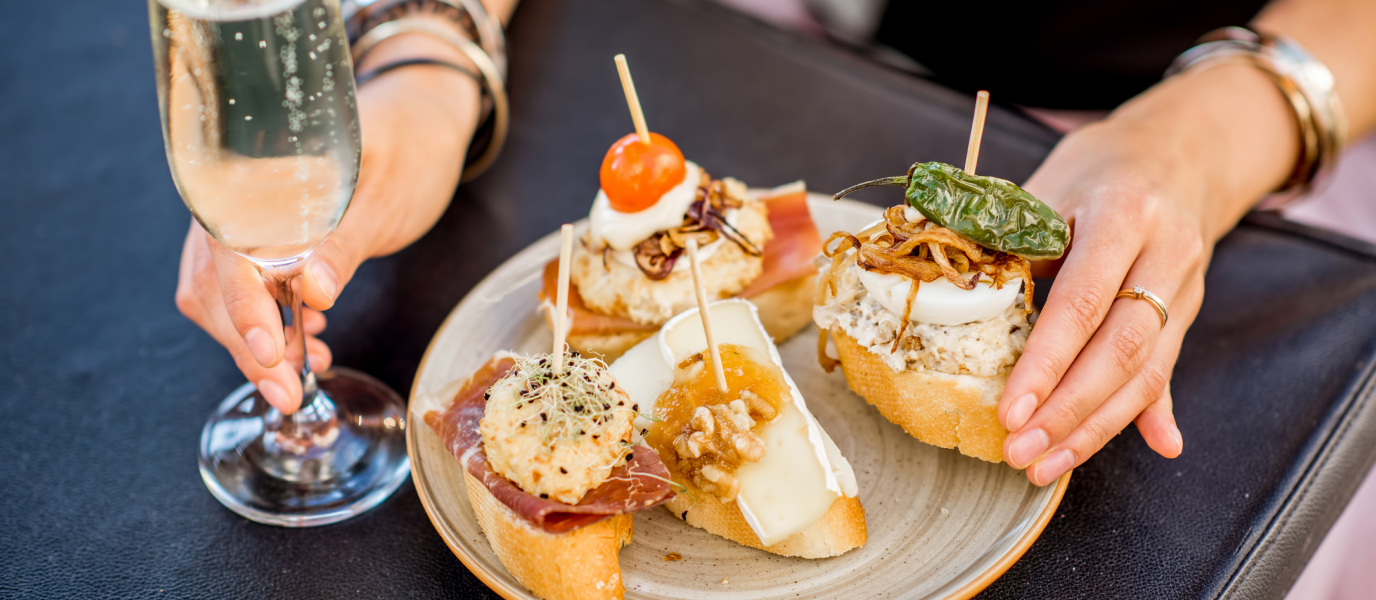Its privileged location, its attractive architecture and its varied gastronomic offering have turned the San Miguel market into one of the main culinary references of the Spanish capital. If you are walking around the ‘Austrias’ [Habsburgs] area and want to stop for some tapas, don’t hesitate, here you will find a variety of options that will not disappoint you.
In this article we will tell you everything you need to know to make the most of this unique market, located only a few steps away from the Plaza Mayor.
The origins of the San Miguel market: from a temporary grocery market to a flagship in gastronomy
The current San Miguel market is designed as a first-class gastronomic establishment where you can enjoy a variety of tapas created by renowned Michelin Star chefs. We could say it belongs to the modernisation movement experienced by other markets in Europe in recent years, such as Barcelona’s La Boquería market or the Time Out Market in Lisbon, which aims to give small traditional businesses an opportunity to coexist with large supermarket chains and shopping centres. Thus, the new trend is to choose a site that can be renovated without losing its essence while combining the traditional way of selling goods with their tasting in-situ.
However, before this gastronomic space was even thought of, it was where the church of San Miguel de Octoes stood, today remembered for being the temple where Lope de Vega was baptised. The building was demolished after being engulfed by a fire that started in Plaza Mayor at the end of the eighteenth century. Years later, the first food stalls were set up in the empty space left by the church.
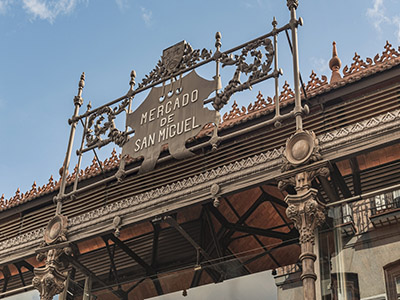
The beautiful building we see today was built in 1916 and what had been until then a temporary market became the main grocery market. In the year 2000 the site was declared an Asset of Cultural Interest in the monument category. The building has an interesting structure, as it is one of the very few examples of cast-iron architecture that can still be seen in Madrid.
Thus, in addition to enjoying delicious freshly prepared food, it is worth stopping to appreciate the building’s elegant appearance, its high ceilings, long cast-iron columns and ceramic ornaments. The building occupies two floors: the main floor, wider than it seems as it is always full of tourists, and the basement.
The second life of the San Miguel market
The building where the old market used to be is in such good condition today because it was refurbished in 1999 by the Community of Madrid, financed by European funds. Later, in 2009, the market reopened with a new concept, which was to combine its original commercial activity with eat-in tapas stalls, offering upmarket cuisine. Today we can walk around its thirty stalls and enjoy in one place the best of traditional food from Madrid, as well as buy delicious products from all over Spain and, of course, try a variety of tapas inspired by cuisine from the most remote regions.
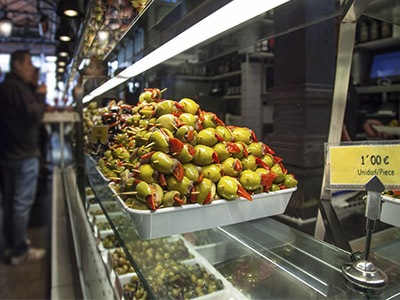
At a national level, you should try the different rice dishes (seafood rice, vegetable rice, black rice…) and the ‘fideuà’ of the Michelin star chef Rodrigo de la Calle. The lovers of traditional tapas must not leave without stopping at Casa Lhardy, famous for its tripe dish, or Grupo Arzábal, which as well as having traditional beer, offers a variety of croquettes such as Idiazabal cheese, boletus, cod, Iberian ham and shrimp croquettes. Other famous stalls are Amaiketako which sells Basque products, or El Señor Martín, a gourmet fish mongers which offers Sanlúcar king prawns, Huelva prawns and the famous Cadiz-style fried fish. The offer doesn’t end here, you will also be able to find Galician seafood, Iberian ham from Guijuelo, preserved fish and much more.
For those who prefer more distant gastronomic dishes, the San Miguel market also offers other interesting alternatives, such as Kirei by Kabuky, created by the four-Michelin-star chef Ricardo Sanz, which offers a variety of sushi, sashimi, soups and noodles; Tacos, Margaritas y Punto, owned by Roberto Ruiz—the first Mexican with a Michelin star—where you can enjoy the special delicacies from the Aztec country; and not to be forgotten, the famous oysters from Daniel Sorlut, which are fresh daily and best enjoyed accompanied by a glass of French wine or champagne, suggested by the sommelier.
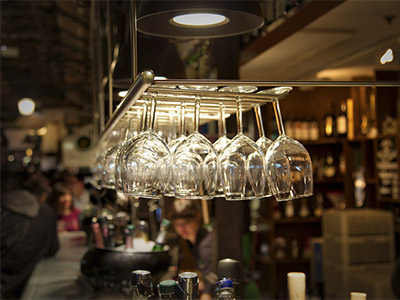
You should also study the wine list from El 19 de San Miguel, and if you are planning on having an aperitif, head over to La Hora del Vermut.
When it’s time for dessert, one of the most traditional stalls is the bakery Horno de San Onofre with its typical nougat, chocolates and cakes. Another place for dessert is Rocambolesc, an ice-cream shop owned by the tree Michelin star winner Jordi Roca, who is responsible for the dessert menu at the Catalan restaurant El Celler de Can Roca.
In short, entering the San Miguel market is like visiting a gastronomic temple located in the heart of Madrid. You may have a hard time trying to find somewhere to sit, but it will be worth it.




































































